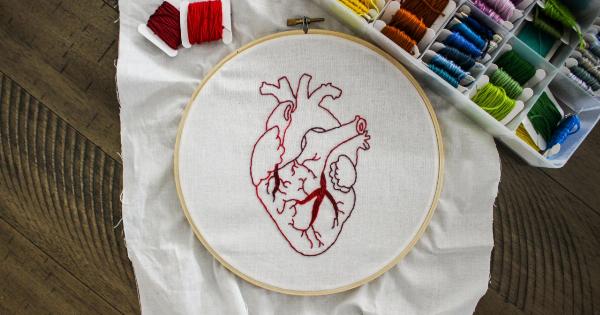Alcohol consumption is a prevalent habit in many societies around the world. While moderate alcohol consumption has been associated with certain health benefits, excessive and long-term consumption can have severe negative health outcomes.
One such outcome is the increased risk of stroke or infarction. Despite some studies suggesting potential benefits, the overwhelming evidence points to the negatives of alcohol consumption when it comes to stroke and infarction.
This article explores the relationship between alcohol and stroke, highlighting why the negatives outweigh any perceived positives.
Understanding Stroke and Infarction
Before delving into the impact of alcohol on stroke and infarction, it is essential to understand these conditions. A stroke occurs when the blood supply to the brain is interrupted, leading to cell death and varying degrees of functional impairment.
Infarction, on the other hand, refers to tissue death resulting from inadequate blood supply to a particular area of the body.
Alcohol and the Cardiovascular System
Alcohol’s impact on the cardiovascular system has been studied extensively. In moderate amounts, alcohol can raise levels of high-density lipoprotein (HDL) cholesterol, often referred to as “good” cholesterol.
HDL cholesterol helps remove low-density lipoprotein (LDL) cholesterol, commonly known as “bad” cholesterol, from the arteries, leading to a reduced risk of heart disease.
However, the relationship between alcohol and stroke is not as straightforward. While moderate alcohol consumption may offer some cardiovascular benefits, excessive and long-term alcohol use has detrimental effects on the cardiovascular system.
High levels of alcohol intake contribute to increased blood pressure, irregular heart rhythms, and cardiomyopathy, a disease that weakens and enlarges the heart muscle.
Alcohol and Ischemic Stroke
Ischemic stroke, the most common type of stroke, occurs when a blood clot blocks or narrows an artery, reducing blood flow to the brain. Excessive alcohol consumption significantly increases the risk of ischemic stroke.
Alcohol affects the clotting factors in the blood, making it more prone to clot formation and hindering the body’s ability to dissolve existing clots.
The Role of Alcohol in Hemorrhagic Stroke
Hemorrhagic stroke, less common than ischemic stroke but more severe in nature, happens when a blood vessel ruptures, causing bleeding in the brain. Alcohol abuse is a leading risk factor for hemorrhagic stroke.
Heavy drinking weakens blood vessel walls, increasing their susceptibility to rupture. Additionally, alcohol impairs the body’s ability to form blood clots, further exacerbating the risk.
The Impact of Alcohol on Younger Individuals
Studies have shown that the negative effects of alcohol on stroke and infarction are particularly pronounced in younger individuals.
The underdeveloped cardiovascular system in young adults, combined with excessive alcohol consumption, significantly heightens their vulnerability to strokes and infarctions. This group often engages in binge drinking, further amplifying the risks.
Alcohol and Stroke Rehabilitation
For individuals who have experienced a stroke, the consumption of alcohol can hinder the recovery process. Alcohol interacts with medications commonly prescribed after a stroke, impairing their effectiveness.
Furthermore, alcohol can exacerbate stroke-related impairments such as motor control, cognition, and speech. It is crucial for stroke survivors to abstain from alcohol to optimize their chances of recovery.
Alcohol-Related Lifestyle Factors
Alcohol consumption is often intertwined with other unhealthy lifestyle factors, such as smoking, poor diet, and physical inactivity. These factors independently increase the risk of stroke and infarction.
When combined with alcohol abuse, the negative impact further compounds, leading to a higher likelihood of adverse health outcomes.
Seeking Help and Changing Habits
If you or someone you know struggles with excessive alcohol consumption, it is essential to seek help and make necessary changes.
Alcohol rehabilitation programs, counseling, and support groups can provide the necessary resources to overcome addiction and prevent the associated risks, including stroke and infarction.
Conclusion
The evidence overwhelmingly supports the notion that the negatives of alcohol consumption outweigh any potential benefits when it comes to stroke and infarction.
Excessive and long-term alcohol use significantly increases the risk of ischemic and hemorrhagic strokes, particularly in younger individuals. Furthermore, alcohol consumption can hinder stroke rehabilitation and exacerbate impairments.
It is crucial to prioritize health over temporary pleasures and make informed choices regarding alcohol consumption to minimize the risk of stroke and infarction.





























